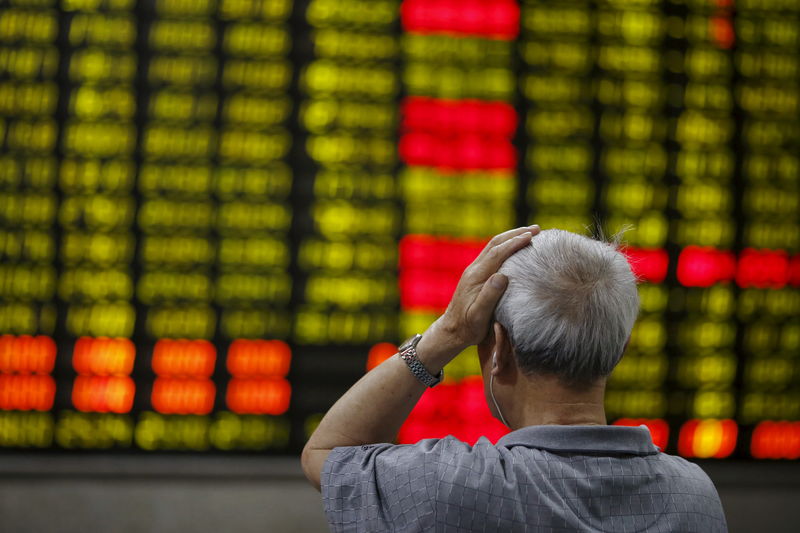Investing.com-- Japanese and Australian stocks fell on Wednesday, leading losses across Asia as fears of higher-for-longer U.S. interest rates grew before the conclusion of a Federal Reserve meeting later in the day.
Most other markets in the region were closed for the Labor Day holiday, which also kept broader trading volumes largely muted.
Risk appetite was decidedly negative following steep overnight losses on Wall Street, as more signs of sticky U.S. inflation weighed. U.S. stock futures fell in Asian trade.
Japanese stocks sink as tech losses, yen volatility weighs
Japan’s Nikkei 225 and TOPIX index shed 0.7% each, with heavyweight technology stocks tracking overnight losses in their U.S. peers.
Volatility in the yen also kept investors wary of Japanese markets. The currency had rebounded sharply from 34-year lows on Monday, in what was likely seen as government intervention.
A stronger yen chips away at Japanese corporate earnings, a bulk of which are dependent on exports.
But the yen weakened on Tuesday, moving back towards lows hit in April. This kept traders on edge over any more potential intervention by the government.
Purchasing managers index data also showed Japanese manufacturing activity shrank slightly more than expected in April.
The Nikkei was by far the worst performer in Asia through April, as uncertainty over the Japanese economy and the Bank of Japan saw traders heavily lock-in profits after the index surged to record highs in March.
Australian stocks sink, RBA in focus
Australia’s ASX 200 index fell 1.2% amid broad-based losses. Sentiment towards Australian markets was also constrained by growing bets that the Reserve Bank of Australia could potentially hike interest rates further in the face of sticky inflation.
Rabobank analysts said they now expected two more rate hikes from the RBA, after inflation read higher-than-expected for the first quarter.
The RBA is set to meet next week and is expected to keep rates on hold, at least for now. But the bank could ramp up its hawkish messaging.
Fed awaited, rate anxiety grows
Broader markets were focused squarely on the conclusion of a Fed meeting later on Wednesday, where the central bank is widely expected to keep rates steady.
But Fed Chair Jerome Powell could potentially offer up a more hawkish stance, especially after a string of hotter-than-expected inflation readings in recent months.
The bank is now expected to only begin trimming rates by September, if at all this year. Such a scenario bodes poorly for risk-driven assets such as stocks.
